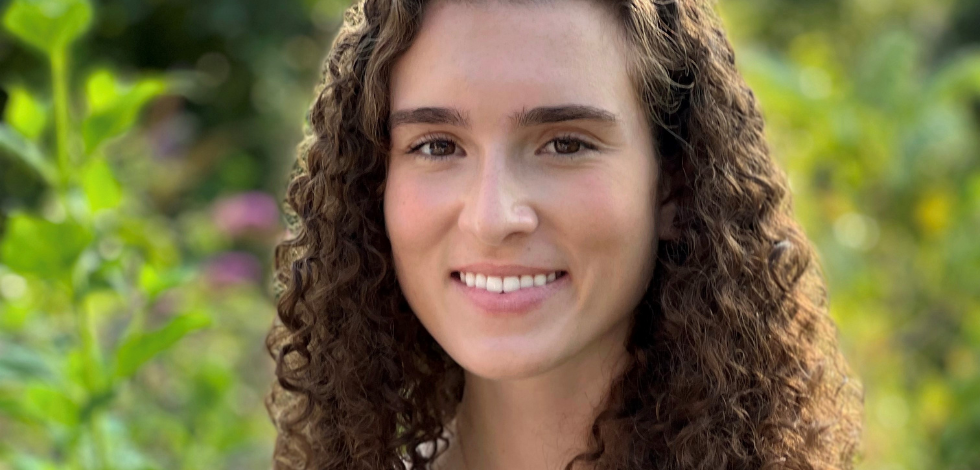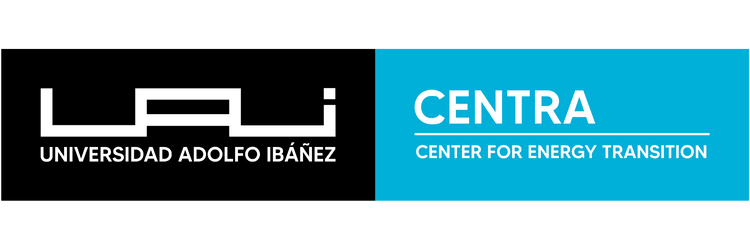
Princeton researcher works with CENTRA UAI to encourage green hydrogen production in Chile
September 30, 2022
Public Policy Student from Princeton Analyzes Chile’s National Green Hydrogen Strategy
Alex Giannattasio, a public policy student and researcher at Princeton’s Andlinger Center for Energy & the Environment, along with academics from the Centro de Transición Energética (CENTRA) at Universidad Adolfo Ibáñez (UAI), analyzed the strengths and weaknesses of Chile’s “National Green Hydrogen Strategy”, published by the Ministry of Energy. The objective of the project is to propose regulatory and public policy recommendations to facilitate the development of the green hydrogen value chain in Chile.
The study is jointly led by Dr. Francisca Jalil, a CENTRA-UAI researcher and senior research associate at the Department of Electrical and Electronic Engineering at the University of Bristol (UK), and Dr. Felipe Larraín, associate director of research at CENTRA and faculty member at UAI’s School of Engineering and Sciences.
According to Dr. Jalil, “This project allowed us to bring in Alex, CENTRA’s first international student, who collaborates directly with the team. Personally, I love working with female students at UAI’s Faculty of Engineering and Sciences. It’s crucial that the energy transition is equitable and fair, and we hope many more women join our initiatives.”
The researchers emphasized the importance of incorporating input from diverse sectors of society. The project, therefore, includes insights from decision-makers in the energy industry, academia, public institutions (including government entities), and trade organizations. Larraín highlighted that “UAI has established and maintains strong relationships with industry, government, and academic collaborators both locally and internationally. This is a valuable asset that attracts international students and greatly facilitates projects like this one.”
Developing a Policy Framework
Based on the study’s findings, Giannattasio will collaborate with CENTRA-UAI and the Andlinger Center at Princeton to produce a White Paper. This document will be made publicly available on CENTRA’s website and will later be presented in a seminar as part of a series of workshops organized by the research center.
For this project, Giannattasio traveled to Chile to conduct interviews and gain first-hand insights into the country’s green hydrogen production strategy.
Interview with Alex Giannattasio
Why did you decide to conduct this research in Chile?
“Throughout my undergraduate studies at Princeton, I have been passionate about environmental management. When considering my senior thesis and how to design a project with tangible impact on climate change mitigation, I came across this opportunity to conduct research that integrates all my interests.”
“With guidance from my Princeton advisor, Eric Larson, and CENTRA-UAI academics Felipe Larraín and Francisca Jalil, we identified the opportunity to evaluate Chile’s ‘National Green Hydrogen Strategy.’ Many countries have set goals or announced intentions to produce green hydrogen, but Chile has become a regional leader in this area. With an abundant renewable energy potential and an ambitious national strategy, Chile has the opportunity to compete globally in the green hydrogen industry.”
How does this project contribute to Chile’s national energy debate?
“Amid growing global concerns over climate change, Chile has committed to reducing greenhouse gas emissions. As part of its Nationally Determined Contributions (NDCs), Chile aims to achieve carbon neutrality by 2050. This goal can be reached by expanding renewable energy capacity (solar and wind) and incorporating energy storage technologies, one of which is green hydrogen.”
“Chile has vast solar and wind energy potential, particularly in Atacama and Magallanes, which could enable cost-effective, large-scale green hydrogen production. This fuel could become a key driver of Chile’s decarbonization strategy. Moreover, beyond meeting domestic demand, green hydrogen could be exported to support the energy transitions of other nations.”
“Chile’s ‘National Green Hydrogen Strategy’ aims to capitalize on this potential by outlining plans for industry development. However, the document lacks specific regulations or policies to enable large-scale implementation. Our project evaluates the strategy within Chile’s current energy market, assessing political, social, and regulatory conditions. Through interviews with stakeholders, technical visits, and literature reviews, we aim to identify regulatory barriers and propose policy measures to facilitate implementation.”
How was your research experience in Chile?
“I absolutely loved my time in Chile! I lived in Santiago to conduct interviews across the city. Additionally, I was fortunate to travel to Punta Arenas, where I visited the Haru Oni pilot project, a collaboration between ENEL and HIF. This project aims to demonstrate the industrial production of clean fuels by combining green hydrogen with CO₂ captured from the air. My visit to Punta Arenas was definitely the highlight of my time in Chile. Felipe and Francisca were incredibly helpful in organizing the trip and setting up most of my interviews.”
“Beyond research, I loved exploring Santiago and its surroundings. I even took a weekend trip to Valle Nevado!“
What are the next steps for the project?
“I am currently summarizing interview findings and analyzing the latest research on the topic. While stakeholders pointed out various barriers and opportunities for Chile’s green hydrogen development, I plan to evaluate these insights and their relevance for public policy and regulation as I continue developing my thesis.”
“Although most interview responses aligned, some differed significantly—even from existing literature. These perspective gaps highlight the importance of collecting diverse viewpoints, including both policymakers and those directly affected by regulations.”
Any final thoughts for UAI students?
“Gaining access to expert insights on building Chile’s green hydrogen value chain has been a privilege—especially since many interviewees are directly involved in this ongoing process. I encourage students to stay tuned for the publication of this study’s findings!”
“More importantly, I invite all UAI students to join initiatives like this one. The energy sector in Chile and worldwide is undergoing a transformation toward sustainability, and these changes require collaboration and commitment from many people.”
“Finally, I would like to thank all interviewees, CENTRA academics, and the Haru Oni project teams from SALFA, Siemens Energy, ENEL, HIF, and many other companies. They warmly welcomed us in Magallanes and shared their technical challenges in green hydrogen production and CO₂ capture for zero-emission synthetic fuel manufacturing.”
Source: UAI
